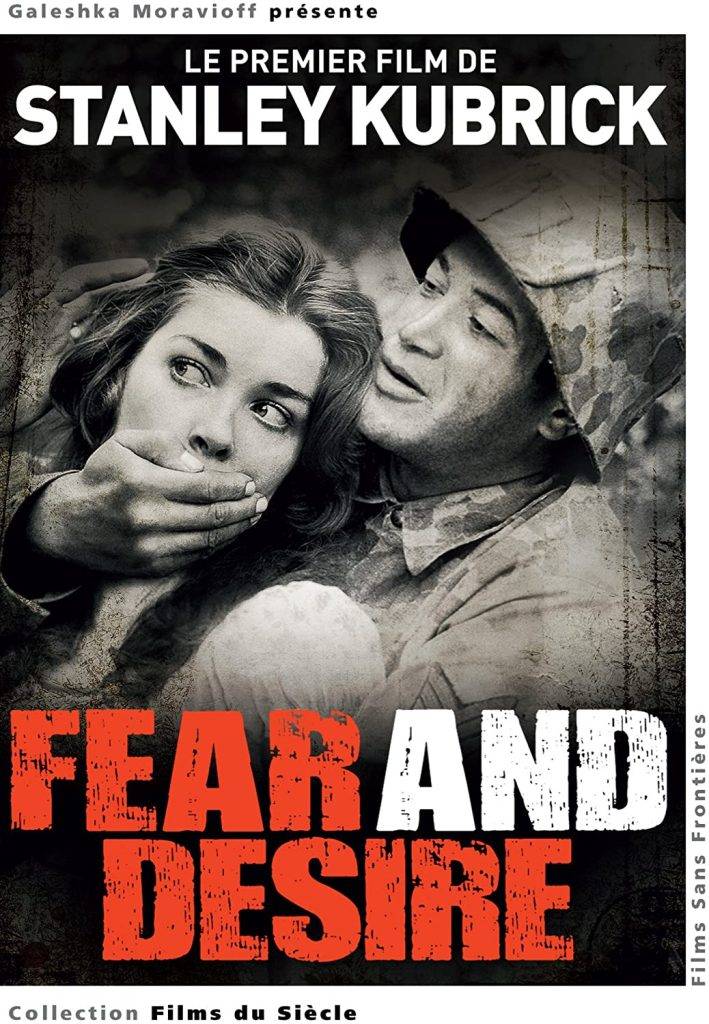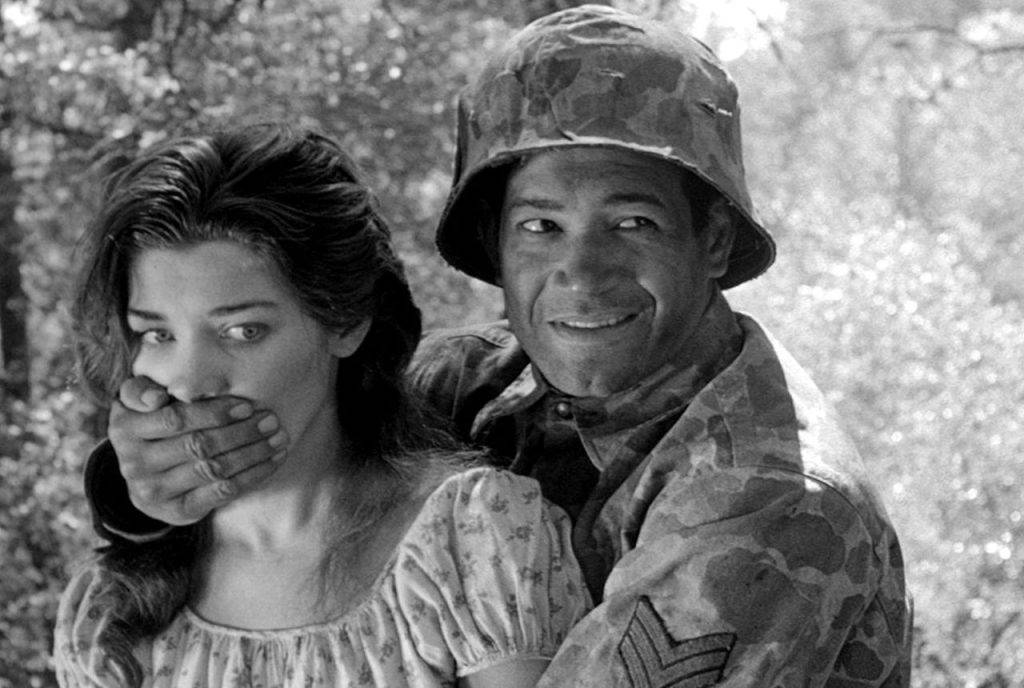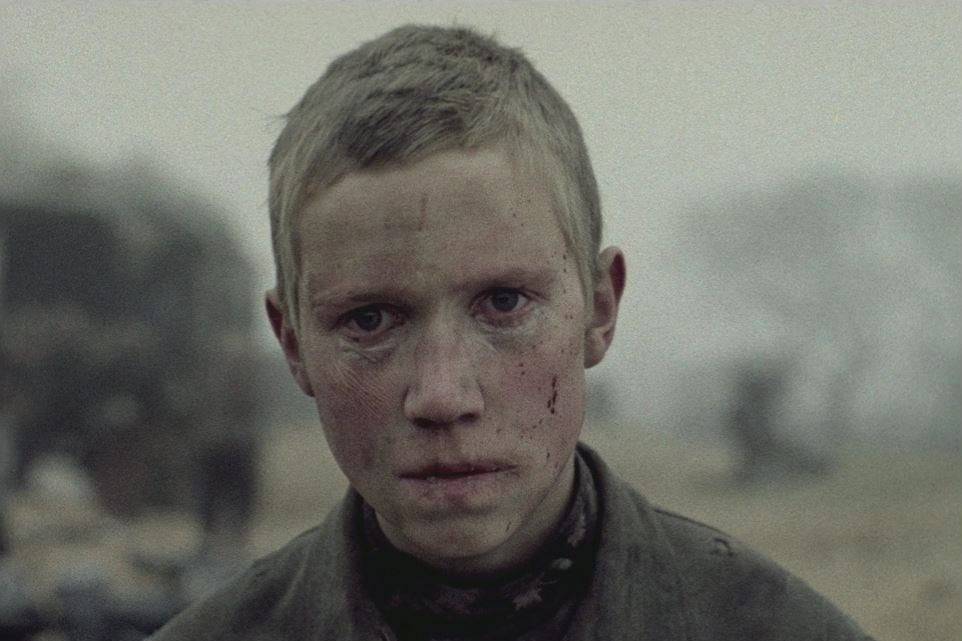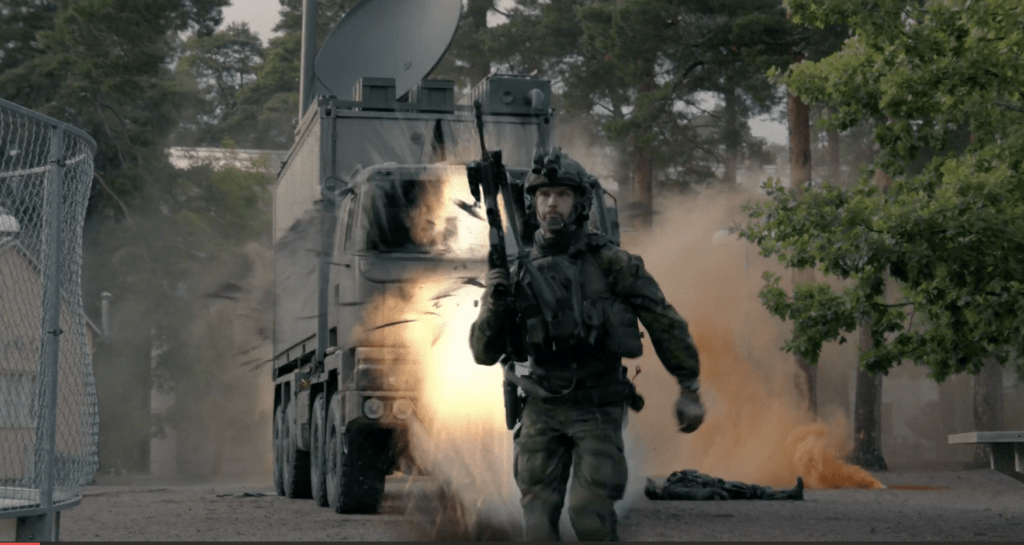
Kubrick’s Fear and Desire is his first feature film, an experimental war drama set in an abstract, unnamed conflict. The film presents several areas of interest concerning the depiction of war strategy, tactics, and psychological warfare. From both military and cinematic viewpoints the film operates more as a symbolic piece than a realistic portrayal of combat.
One of the first noticeable aspects is the unrealistic depiction of the soldiers’ behavior and tactics. The film follows a group of soldiers behind enemy lines, trying to navigate hostile territory. Their decision-making and situational awareness often fall short of military standards. For instance, the way they conduct reconnaissance and fail to secure their perimeter reflects a lack of understanding of basic fieldcraft. When they capture an enemy woman, their handling of her highlights a disturbing mix of ineptitude and moral ambiguity, straying far from the discipline expected in a real military unit.

The logistics of their situation also raise questions. The soldiers are isolated behind enemy lines, but there is little exploration of the practical challenges they would face in such an environment. There’s no visible emphasis on supply lines, communications, or the importance of maintaining stealth in enemy territory, which are crucial in real-world military operations. Their attempt to build a raft to navigate a river, while symbolic, lacks military ingenuity and realism. This disconnect may be a reflection of Kubrick’s relative inexperience with military matters at the time of filming, or his intent to focus more on psychological and philosophical questions than on accurate military representation.
Psychological Warfare and The Human Condition
Where Fear and Desire excels, is its examination of the psychological toll of war. The film delves into the inner turmoil of the soldiers, which is a key component of modern warfare, especially in unconventional or guerrilla warfare settings. The way each character grapples with fear, violence, and desire in a lawless, chaotic environment is arguably where Kubrick’s thematic brilliance begins to emerge. It reflects early insights into the mental strains soldiers face in the field—paranoia, moral conflict, and the breakdown of camaraderie under stress. These themes would later be explored more deeply and with greater finesse in Kubrick’s later works, like Paths of Glory and Full Metal Jacket.
Early Signs of Genius
Fear and Desire is a remarkable display of Kubrick’s budding genius. Although it lacks the polish of his later films, one can see the foundations of his directorial style—the use of striking imagery, the exploration of existential themes, and the focus on the futility and absurdity of war.

Kubrick’s visual storytelling stands out, particularly in his framing and camera movement. The stark, almost surreal landscapes serve as more than just a backdrop—they symbolize the internal wilderness of the characters’ minds. His decision to shoot in black and white enhances the film’s dreamlike, nightmarish quality. The sparse dialogue and long silences further contribute to the film’s contemplative nature, drawing viewers into the soldiers’ fragmented mental states. Kubrick’s use of close-ups, especially on the soldiers’ faces, conveys their psychological descent as effectively as any dialogue could.
However, Fear and Desire is far from perfect. The acting feels stilted at times, and the script often lacks the subtlety and complexity that Kubrick would master in his later works. Some sequences feel overly melodramatic, and the film’s pacing can be uneven. Still, these flaws are forgivable, considering that Kubrick was working with a very limited budget and was still in the early stages of his career.
– I’m all mixed up. I wish I could want what wanted before.
Dialogue between two surviving soldiers
– Does your head bother you?
– No. It’s something else. I guess, I’m not built for this.
– Nobody ever was. It’s all a trick we perform, when we rather not die, immediately.
at the end of Fear and Desire
The Allegorical Nature of War
Kubrick’s approach to Fear and Desire was less about the specifics of war and more about the broader human condition. The soldiers are nameless, as are their enemies, which makes the film more of a universal allegory about the nature of conflict, fear, and human desires. As a result, the war in Fear and Desire serves as a backdrop for a philosophical exploration of human nature, where war is not just a physical battle but also a psychological one. This decision distances the film from a grounded military drama and moves it into the realm of existential reflection, much in line with Kubrick’s later, more renowned works.
Kubrick himself famously distanced himself from Fear and Desire, but despite its imperfections, the film remains an important stepping stone in his development as a filmmaker.



